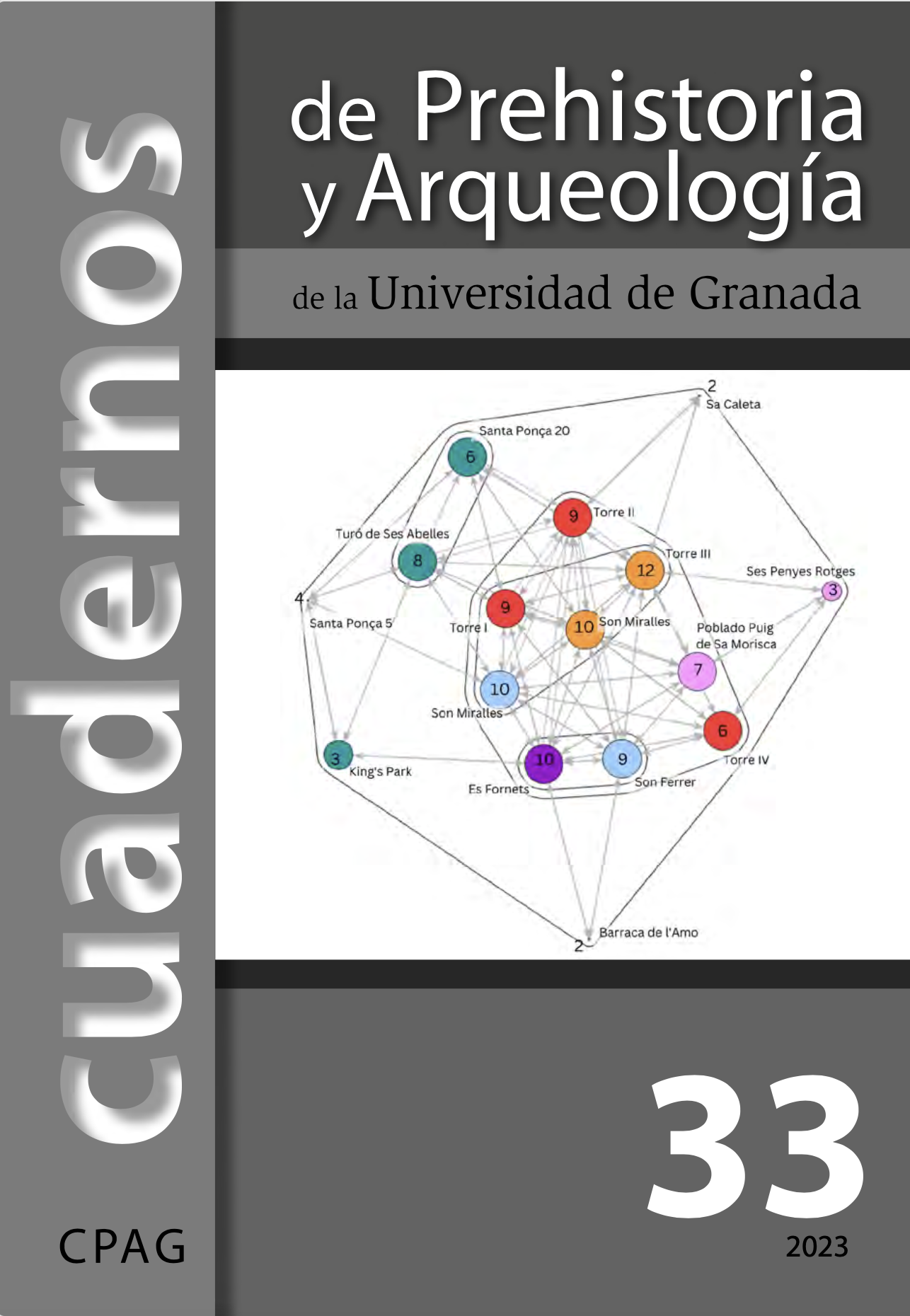PEASANT SETTLEMENT PATTERNS IN CENTRAL ROMAN IBERIA: A NETWORK ANALYSIS OF MATERIAL ASSEMBLAGES
Contido principal do artigo
Resumo
In recent decades, preventive excavations around the city of Madrid (Spain) have provided us with a unique opportunity to study rural non-elite peasant settlements in the Roman period. Based on the systematic analysis of the archaeological record of nine of these sites and the use of tools derived from network science, this work characterises the consumption patterns of these communities. By focusing on the differences between the patterns of each of the settlements, this work offers new data for interpreting the settlement patterns and how peasant communities exploited the territory in Roman times. The results obtained offer a series of differences between the consumption patterns that are compatible with a ‘distributed habitation’ type of landscape exploitation, in which households are distributed in the landscape in different settlements that exploit the territory more efficiently.



